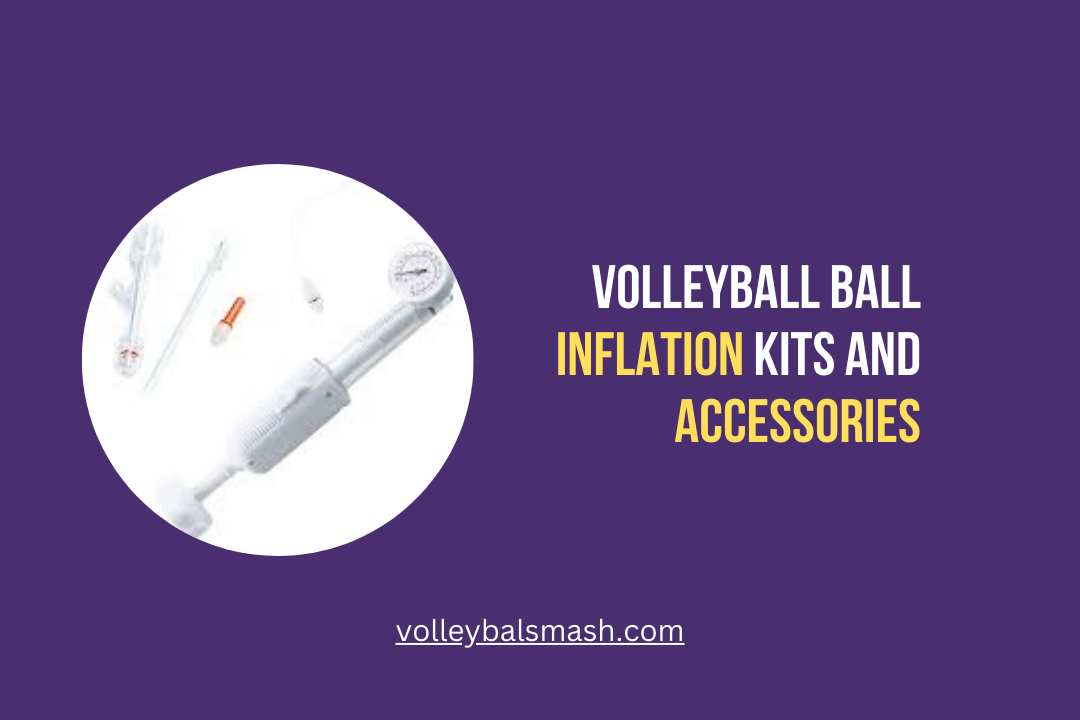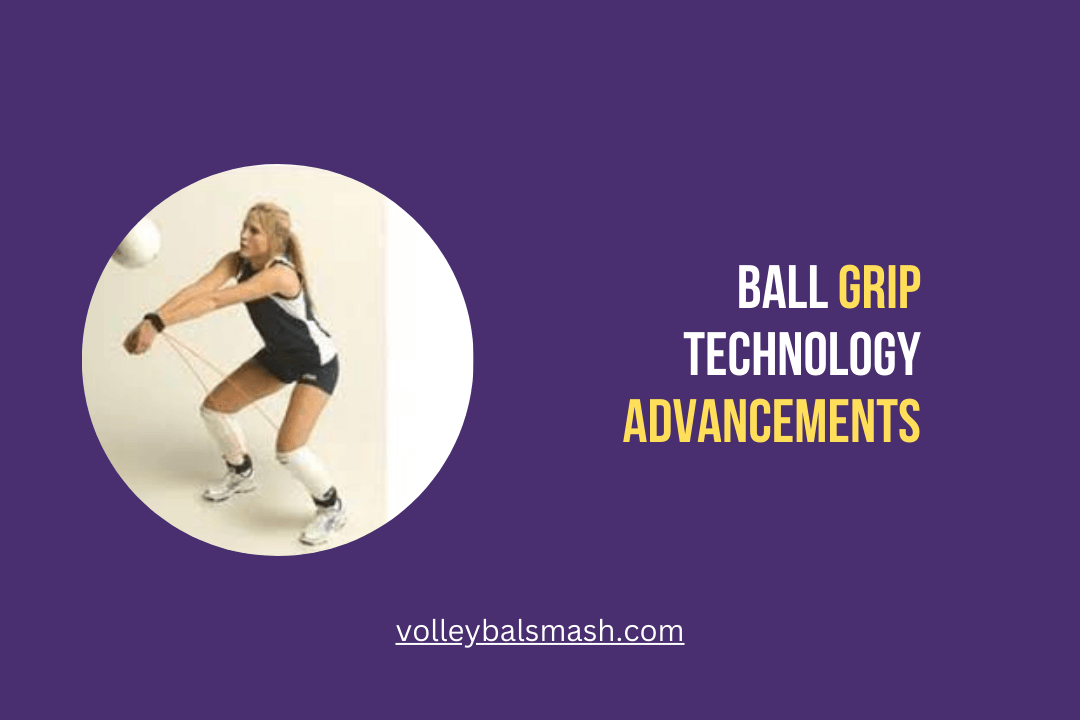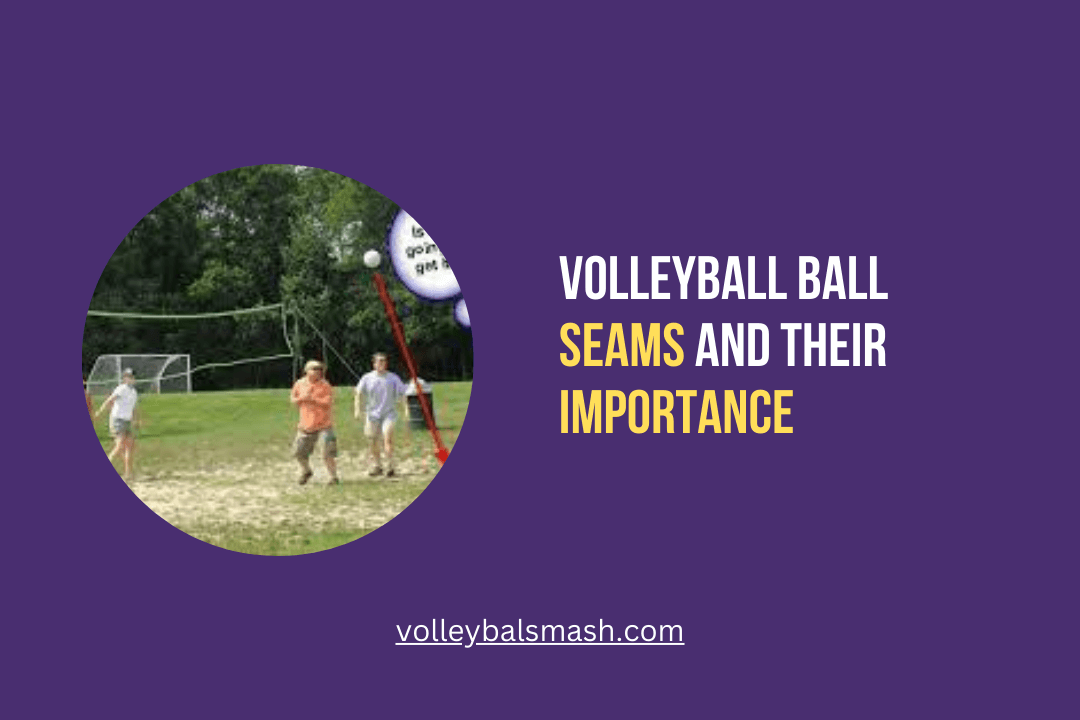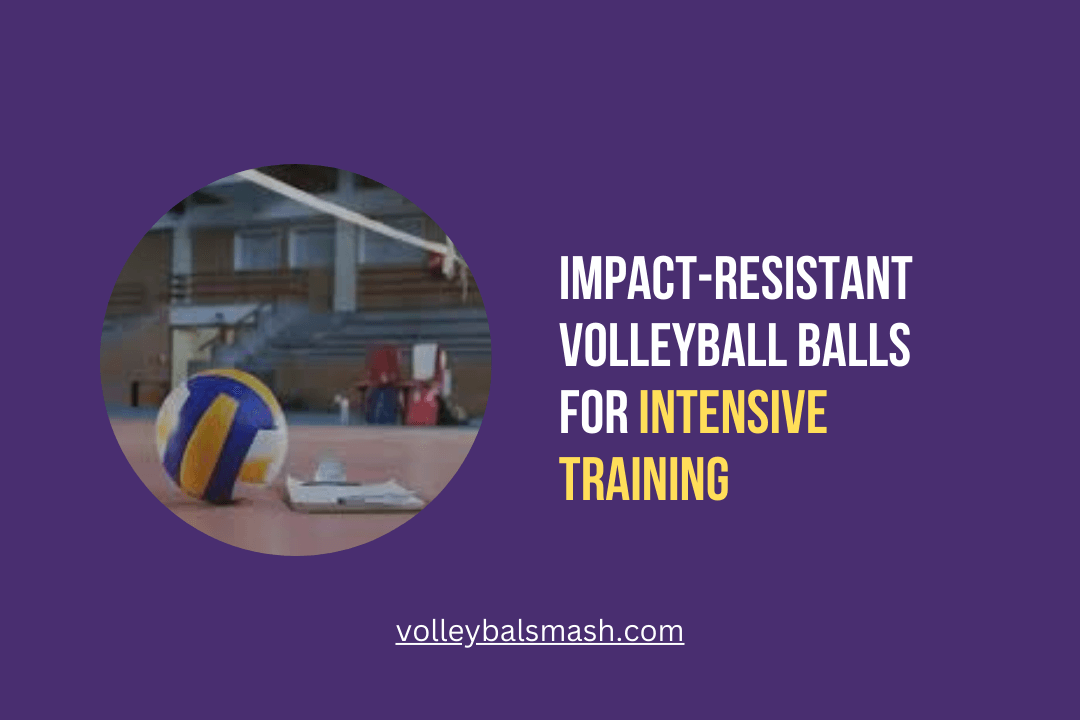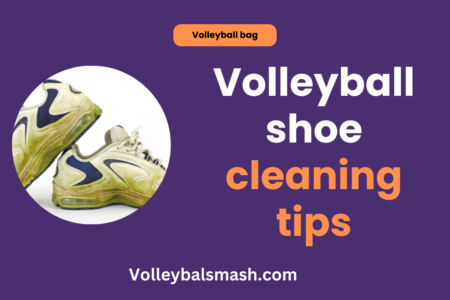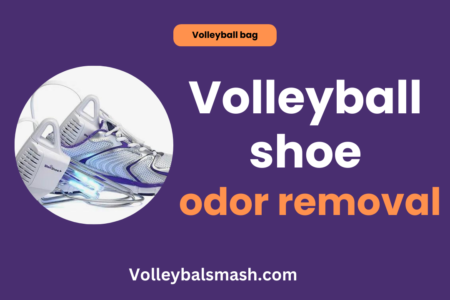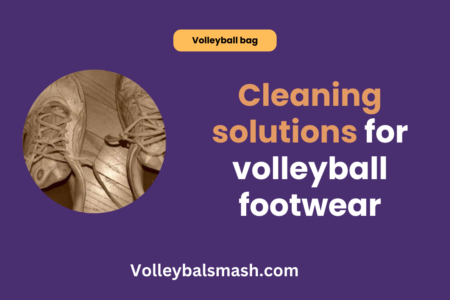Welcome to our detailed guide on volleyball ball air retention features. When it comes to volleyball, having a ball with optimal air retention is crucial for maintaining consistent play and ensuring the ball’s longevity. In this blog post, you will learn about the key features that contribute to a volleyball ball’s air retention, as well as tips and tricks for keeping your ball properly inflated for peak performance on the court.

Materials and Construction
Obviously, the materials and construction of a volleyball ball play a crucial role in its air retention. When looking for a high-quality volleyball ball that retains air well, you need to pay attention to the materials used and the construction of the ball. InReach Biggie Sport Balls, available at Gopher Sports, are known for their durability and air retention features.
Material Composition and Its Impact on Air Retention
The material composition of a volleyball ball can significantly impact its air retention. High-quality volleyball balls are typically made of synthetic leather or composite leather, which are durable and provide excellent air retention. These materials have a tight grain structure, which helps in maintaining the air pressure inside the ball. When choosing a volleyball ball, look for one with a strong and resilient material composition to ensure long-lasting air retention.
Valve Technologies and Seams Optimization
Another crucial aspect of volleyball ball construction that affects air retention is the valve technology and seams optimization. A high-quality volleyball ball will have a butyl bladder with airtight valve technology to prevent air leakage. Additionally, the seams of the ball should be carefully constructed and reinforced to minimize the risk of air loss. When inspecting a volleyball ball, pay attention to the valve and seams to ensure that they are well-designed and durable, ensuring optimal air retention.
Air Retention Technologies
If you have ever played volleyball, you know how important it is to have a ball that retains its air pressure. The air retention technology used in volleyball balls is crucial in maintaining optimal performance during play. Different volleyball balls use various technologies to ensure their air retention capabilities, and understanding these can help you make a well-informed decision when purchasing a volleyball ball.
Bladder Types and Air Maintenance
When it comes to air retention in volleyball balls, the type of bladder used plays a significant role. Typically, volleyball balls use either a butyl bladder or a latex bladder. Butyl bladders are known for their exceptional air retention properties, making them ideal for prolonged use. On the other hand, latex bladders provide a more responsive feel, but they require more frequent inflation due to their lower air retention capabilities. Additionally, the construction and design of the valve system also heavily influence air maintenance. Proper care and maintenance of the valve system are crucial in ensuring the long-term air retention of the volleyball ball. Perceiving the specific air retention features of each bladder type can help you choose a volleyball ball that suits your playing preferences and needs.
| Bladder Type | Key Features |
| Butyl | Exceptional air retention, ideal for prolonged use |
| Latex | Responsive feel, requires more frequent inflation |
| Valve System | Proper care and maintenance crucial for long-term air retention |
Innovations in Air Retention for Enhanced Gameplay
Recent advancements in air retention technologies have led to enhanced gameplay experiences for volleyball enthusiasts. Manufacturers have been incorporating innovative features such as microfiber composite panels and advanced bladder designs to improve air retention. These advancements not only maintain consistent air pressure but also contribute to better control and accuracy during ball handling. When selecting a volleyball ball, considering these innovations can greatly enhance your overall gameplay experience.
ball design affects control
Testing and Performance Standards
Despite the variety of volleyball balls available on the market, not all are created equal. When looking for a volleyball ball with excellent air retention, you need to consider the testing and performance standards it meets. The CSIVR4 – Champion Sports Rubber Volleyball, for example, has been rigorously tested and meets high performance standards. You can find this volleyball ball and others that meet strict air retention and performance standards at Office Basics.
Industry Standards for Volleyball Air Retention
When it comes to volleyball air retention, industry standards play a crucial role in ensuring the quality and performance of the ball. These standards are put in place to ensure that the ball maintains proper air pressure over time, so you can focus on your game without worrying about constantly adjusting the ball’s pressure. It is important to look for volleyball balls that meet these industry standards to ensure you have a reliable and consistent playing experience.
Effects of Air Pressure on Ball Trajectory and Bounce
The air pressure within the volleyball directly impacts its trajectory and bounce. If the ball loses air too quickly, it can affect your ability to control its movement and predict its trajectory, ultimately impacting your game performance. On the other hand, a volleyball with excellent air retention will provide a consistent bounce and trajectory, allowing you to focus on your skills and technique rather than compensating for an inconsistent ball. It is essential to consider how the air pressure of the ball affects its performance and your overall game experience.
Maintenance and Longevity
To ensure the longevity of your volleyball ball and its optimal air retention, it’s important to properly maintain and care for it. By following some simple practices, you can extend the life of your ball and keep it in top condition for longer.
Best Practices for Volleyball Air Retention
When it comes to maintaining optimal air retention in your volleyball ball, there are a few best practices to keep in mind. First and foremost, you should always store your ball in a cool, dry place when not in use. Exposure to extreme temperatures and moisture can affect the ball’s ability to retain air. Additionally, make sure to check the air pressure regularly and inflate the ball to the recommended pressure level. This will help the ball maintain its shape and performance on the court.
Common Issues and Troubleshooting Air Retention
If you find that your volleyball ball is not retaining air as it should, there are a few common issues you can troubleshoot. One of the most common reasons for air loss is a leak in the bladder or valve of the ball. In this case, you may need to replace the bladder or valve to restore proper air retention. Another issue could be overinflation, which can put stress on the ball and cause it to lose air more quickly. Make sure to follow the manufacturer’s guidelines for inflation to avoid this problem. Lastly, regular wear and tear can also affect air retention, so be sure to inspect your ball for any signs of damage and address them promptly.
Effect of temperature on volleyball ball performance
FAQ
What are the factors that affect the air retention of a volleyball ball?
The air retention of a volleyball ball can be affected by several factors including the quality of the rubber bladder, the thickness and material of the covering, and the construction of the seams.
How can I improve the air retention of my volleyball ball?
To improve the air retention of your volleyball ball, make sure to regularly check and adjust the air pressure using a pressure gauge. Store the ball in a cool, dry place and avoid exposing it to extreme temperatures or direct sunlight. Additionally, using a high-quality pump and needle for inflation can help maintain optimal air retention.
What are the signs of poor air retention in a volleyball ball?
Signs of poor air retention in a volleyball ball include a noticeably softer feel, misshapen appearance, and difficulty in maintaining consistent bounce and flight. If you notice any of these signs, it’s important to inspect the ball for leaks and address any issues with the air retention immediately.
